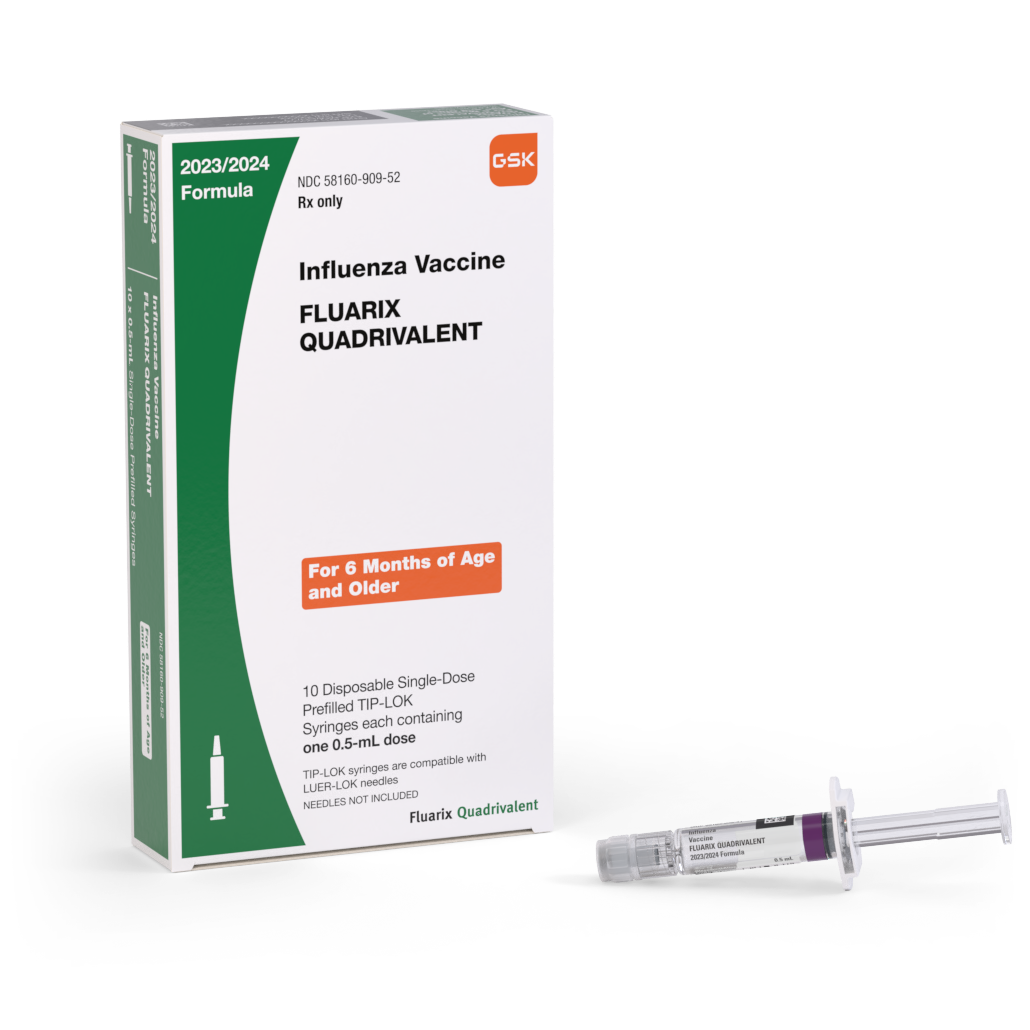The vaccine efficacy against RT-PCR-confirmed influenza associated with adverse outcomes was 64.6% (97.5% CI 53.2%, 73.5%). The vaccine efficacy against RT-PCR-confirmed influenza associated with adverse outcomes due to A/H1N1, A/H3N2, B/Victoria, and B/Yamagata was 71.4% (95% CI 48.5%, 85.2%), 51.3% (95% CI 32.7%, 65.2%), 86.7% (95% CI 52.8%, 97.9%), and 68.9% (95% CI 50.6%, 81.2%), respectively.1
For RT-PCR-confirmed influenza cases associated with adverse outcomes, the incidence of the specified adverse outcomes is presented in the table below.











